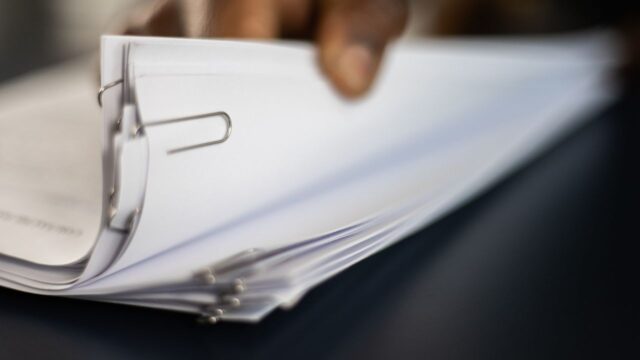
What is a debit note
A debit note is a document that is issued by a buyer to a seller as a way of correcting an overpayment that was made on an invoice. Debit notes are also sometimes referred to as “credit memos.” In cases where a debit note is issued, the buyer will typically deduct the overpayment from any future payments that are owed to the seller. Alternatively, the buyer may request a refund for the overpayment. Either way, issuing a debit note helps to ensure that the buyer and seller both have an accurate record of what is owed. Debit notes are just one way that businesses can keep track of their finances and manage their accounts receivable. By using debit notes, businesses can avoid confusion and help to keep their records in order.
Benefits of using a debit note
There are several benefits associated with using debit notes. First, they help to ensure that buyers and sellers are both kept up-to-date on the status of payments. Second, debit notes can help to prevent misunderstandings or disputes between buyers and sellers. Finally, debit notes provide a paper trail that can be useful in the event of an audit or other financial review. Overall, debit notes offer buyers and sellers a simple and effective way to keep track of payments and stay organized.
When to use a debit note
Debit notes are commonly used in cases where there has been an error in the invoice, or where the quality of the goods does not meet the buyer’s expectations. In some cases, a debit note may also be issued if the buyer has not paid within the agreed-upon timeframe. Issuing a debit note is typically seen as a way to maintain good relations with buyers, as it shows that you are willing to make adjustments when necessary.
How to create a debit note
To create a debit note, first, find the original invoice and circle the incorrect amount. Then, write out the correct amount next to it. Now, on a new piece of paper, write “Debit Note” at the top. Include the date, the name and address of the company you are sending the debit note to, your company name and address, and your account number. In the body of the letter, explain that there was an error on the invoice and list the specific line items that are being corrected. Finally, sign and date the letter. By following these steps, you can create a professional and thorough debit note.
How to send a debit note
In any case, the supplier will send the customer a debit note detailing the adjustments that need to be made. The customer should then adjust their records accordingly and pay the difference (if any) to the supplier. In some cases, the supplier may also offer to provide a credit note instead of a debit note. This document can be used by the customer to offset future payments. However, it is up to the customer to decide whether they prefer a debit or credit note. Whichever option they choose, it is important for the supplier and customer to keep accurate records in order to avoid any misunderstandings.
Tips for using debit notes
A debit note is a document that a buyer sends to a seller to request a credit for incorrect or damaged goods. If you are in the process of issuing a debit note, there are a few things to keep in mind. First, be sure to include all pertinent information, such as the date of the original transaction, the invoice number, and a description of the problem. Second, make sure to include supporting documentation, such as photos or copies of invoices. This will help to ensure that the seller understands your request and can take appropriate action.
Finally, be polite and professional in your communication. Remember, the goal is to resolve the issue in a mutually beneficial way. By following these tips, you can use debit notes effectively to protect your interests as a buyer.


































